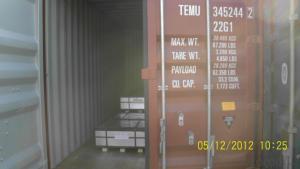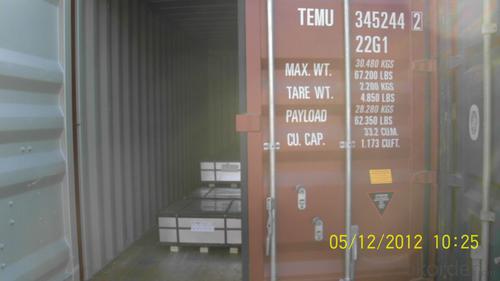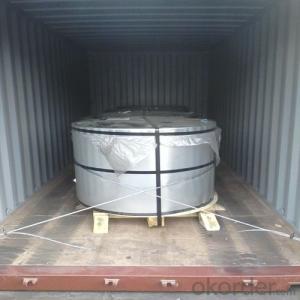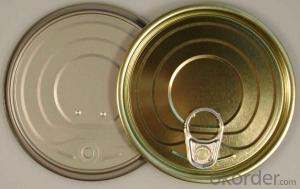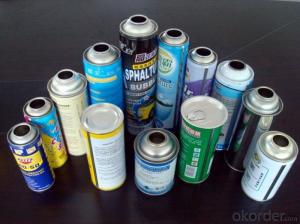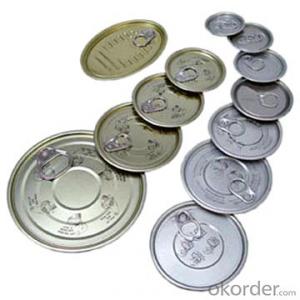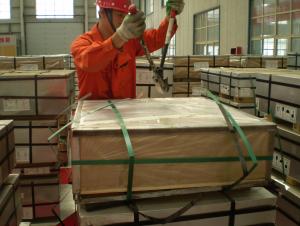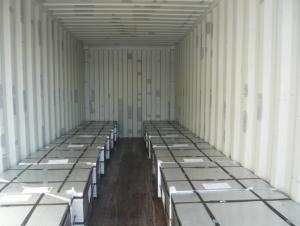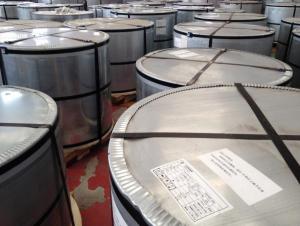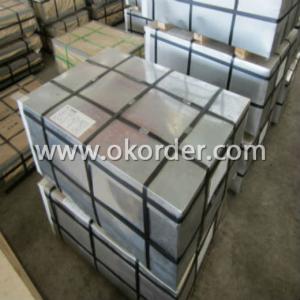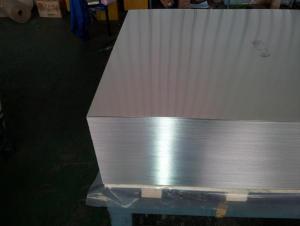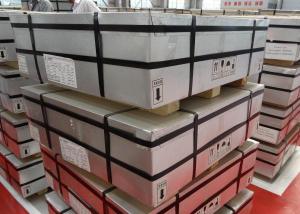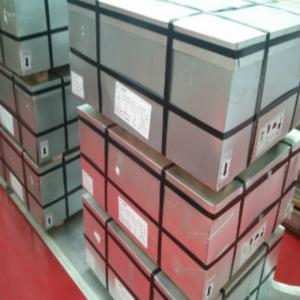High Quality of Tinplate for Shoe Polish Cans
- Loading Port:
- China Main Port
- Payment Terms:
- TT OR LC
- Min Order Qty:
- -
- Supply Capability:
- -
OKorder Service Pledge
OKorder Financial Service
You Might Also Like
Our tin plate (TP) products are made by coating tin using electrolysis on the surface of thin coldrolled steel sheet (black plates), with a thickness of 0.14~0.6 mm. Its shiny surface finish, superb corrosion resistance and formability make tin plates an ideal choice for the food industry and industrial parts producers. Our tin free steel sheet (ECCS) is widely accepted as a more economical substitute for the tin coated steel. Our TP/TFS products are widely used in the production of 3-piece and 2piece (D&I, DRD) cans as well as can lids and bottoms. Our products serve a variety of purposes, including material for steel EOE, toys, and electronic parts.
Our Tinplates Specification:
Standard: ISO 11949 -1995, GB/T2520-2000,JIS G3303,ASTM A623, BS EN 10202
Material: MR,SPCC
Thickness:0.15mm - 0.50mm
Width: 600mm -1150mm
Temper: T1-T5
Annealing: BA & CA
Coil Inner Diameter: 508mm
Weight: 6-10 tons/coil 1~1.7 tons/sheets bundle
Passivation:311
Oil: DOS
Surface: Finish,bright,stone,matte,silver
Packing:
1、For sheets: plastic or waterproof paper, metallic cover and angles, steel strips,wooden pallet.
2、For Coils: plastic or waterproof paper,plastic protect plate,steel strips.
Both Prime and Second Quality Are Available!!!
- Q: How is tinplate affected by different types of dairy products?
- Tinplate, which is a thin steel sheet coated with a layer of tin, can be affected by different types of dairy products due to their varying acidity levels and chemical composition. Dairy products such as milk, cream, and butter, which have a neutral pH, generally do not cause significant reactions with tinplate. However, highly acidic dairy products like yogurt or buttermilk can corrode the tin coating, leading to discoloration or off-flavors in the food. It is important to use proper packaging materials, such as food-grade plastic or glass, for storing and transporting highly acidic dairy products to prevent any unwanted reactions with tinplate.
- Q: How does tinplate perform in microwave ovens?
- Tinplate should not be used in microwave ovens as it is a metal, and metals can cause sparks or damage to the appliance.
- Q: What are the common thicknesses of tinplate used for different applications?
- The common thicknesses of tinplate used for different applications range from 0.13mm to 0.49mm.
- Q: How does tinplate affect the shelf life of products?
- Tinplate can significantly extend the shelf life of products due to its excellent barrier properties. It acts as a protective layer, preventing oxygen and moisture from reaching the contents of the package. This helps to preserve the quality, flavor, and nutritional value of the products, ultimately extending their shelf life and ensuring they remain fresh for a longer period of time.
- Q: How is tinplate affected by different types of sauces and condiments?
- Tinplate is generally resistant to most sauces and condiments due to its protective coating. However, highly acidic or salty sauces may cause corrosion over time, compromising the tinplate's integrity. It is advisable to promptly clean any spills or residues to minimize potential damage.
- Q: What are the different ways to label tinplate closures?
- There are several ways to label tinplate closures, including direct printing, labeling with adhesive labels, embossing, and laser engraving. Each method offers its own advantages and can be chosen based on factors such as cost, durability, and desired aesthetic appeal.
- Q: What are the common quality standards for tinplate?
- The common quality standards for tinplate include factors such as the thickness and uniformity of the tin coating, the absence of defects such as rust, scratches, or dents, the overall strength and durability of the tinplate, and compliance with regulatory standards for food safety.
- Q: What are the different methods of storing tinplate packaging?
- There are several different methods of storing tinplate packaging, including stacking, shelving, hanging, palletizing, or using storage racks. The choice of method depends on factors such as the quantity of packaging, available space, ease of access, and the specific requirements of the products being stored.
- Q: How is tinplate corrosion resistant?
- Tinplate is corrosion resistant due to the protective layer of tin that is electroplated onto the surface of the steel. This tin layer acts as a barrier, preventing oxygen and moisture from coming into direct contact with the steel, thereby reducing the risk of corrosion.
- Q: The composition of tinplate?
- The name "tinplate" is not exact. Therefore, in 1973, when the Chinese tin plate meeting was called "tinplate", the official document no longer used the name "tinplate".
Send your message to us
High Quality of Tinplate for Shoe Polish Cans
- Loading Port:
- China Main Port
- Payment Terms:
- TT OR LC
- Min Order Qty:
- -
- Supply Capability:
- -
OKorder Service Pledge
OKorder Financial Service
Similar products
Hot products
Hot Searches
Related keywords
